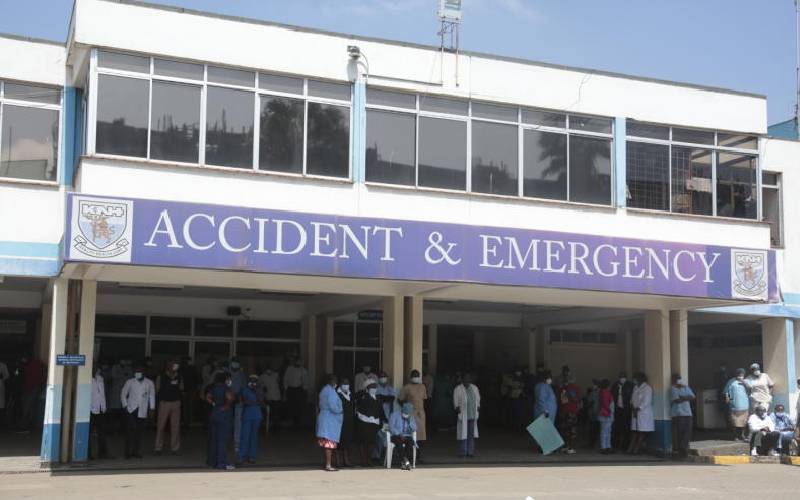×
The Standard e-Paper
Smart Minds Choose Us

I saw a man die last Monday. I heard his groans of pain and laboured breaths, I saw traces of tears on the corners of his eyes before he succumbed. He was a victim of a motorcycle accident who had been taken to Kenyatta National Hospital (KNH) by his friend.